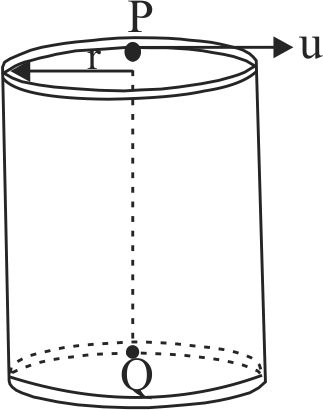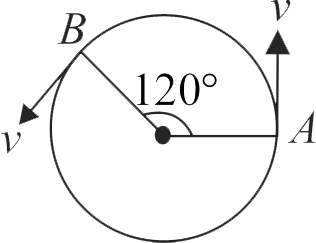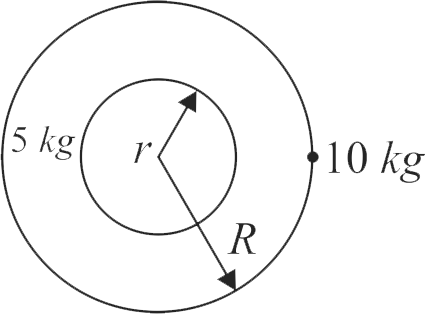361859
A hollow vertical drum of radius r and height \(H\) has a small particle in contact with smooth inner surface of the upper rim at point \(P\). The particle is given a horizontal speed u tangetial to the rim. It leaves the lower rim at \(Q\) vertically below \(P\). The number of revolutions made by the particle is
361859
A hollow vertical drum of radius r and height \(H\) has a small particle in contact with smooth inner surface of the upper rim at point \(P\). The particle is given a horizontal speed u tangetial to the rim. It leaves the lower rim at \(Q\) vertically below \(P\). The number of revolutions made by the particle is
361859
A hollow vertical drum of radius r and height \(H\) has a small particle in contact with smooth inner surface of the upper rim at point \(P\). The particle is given a horizontal speed u tangetial to the rim. It leaves the lower rim at \(Q\) vertically below \(P\). The number of revolutions made by the particle is
361859
A hollow vertical drum of radius r and height \(H\) has a small particle in contact with smooth inner surface of the upper rim at point \(P\). The particle is given a horizontal speed u tangetial to the rim. It leaves the lower rim at \(Q\) vertically below \(P\). The number of revolutions made by the particle is


